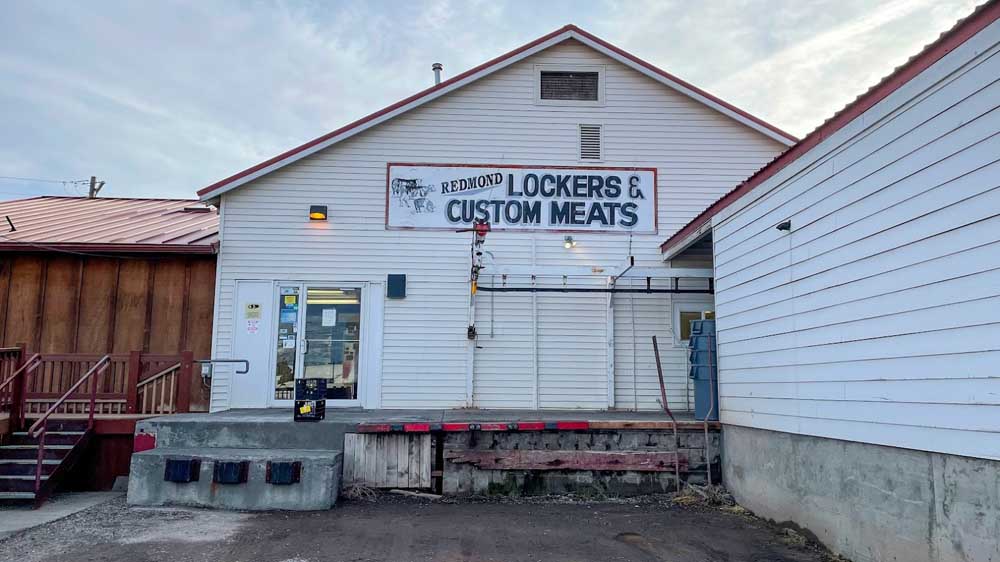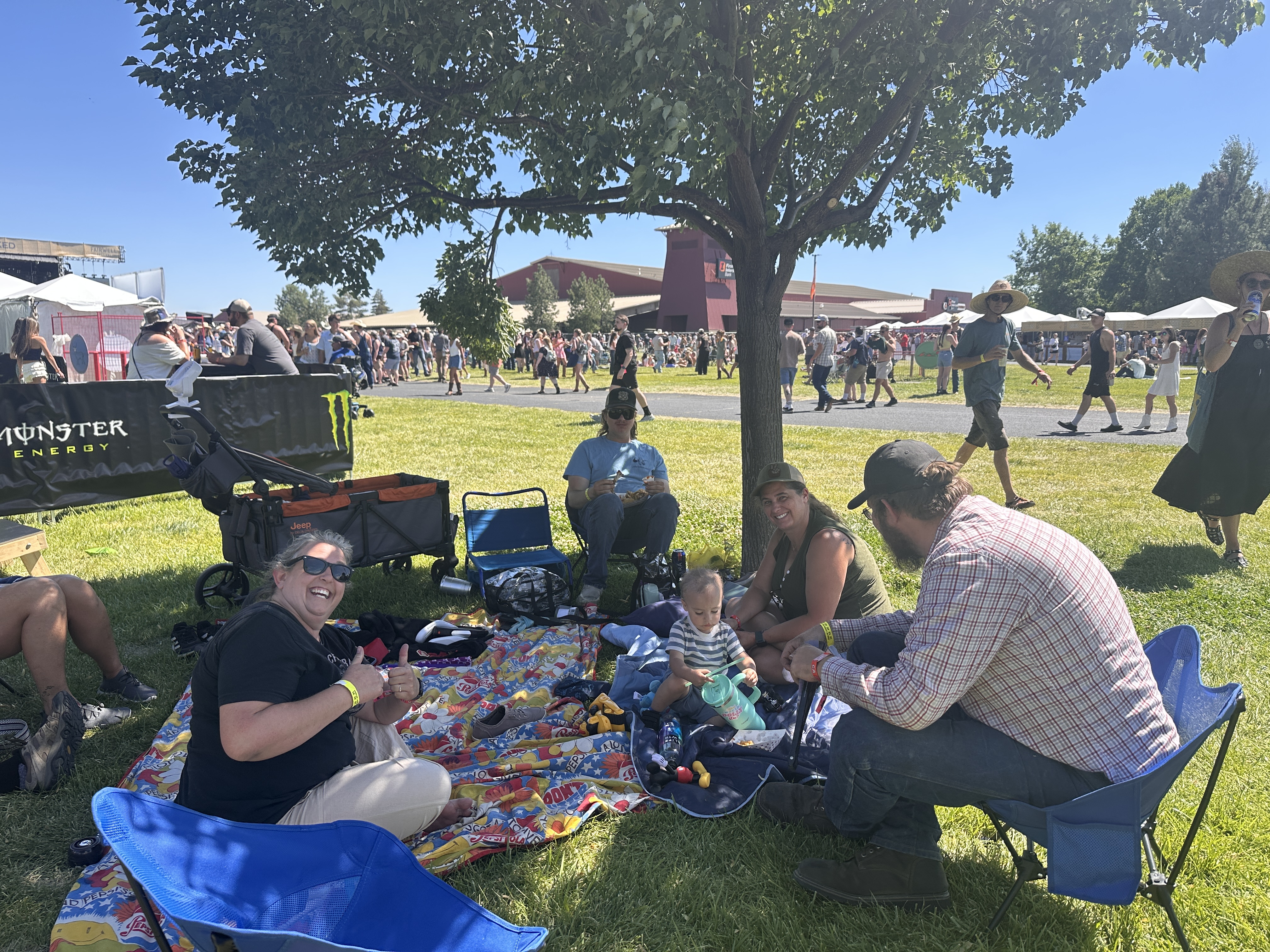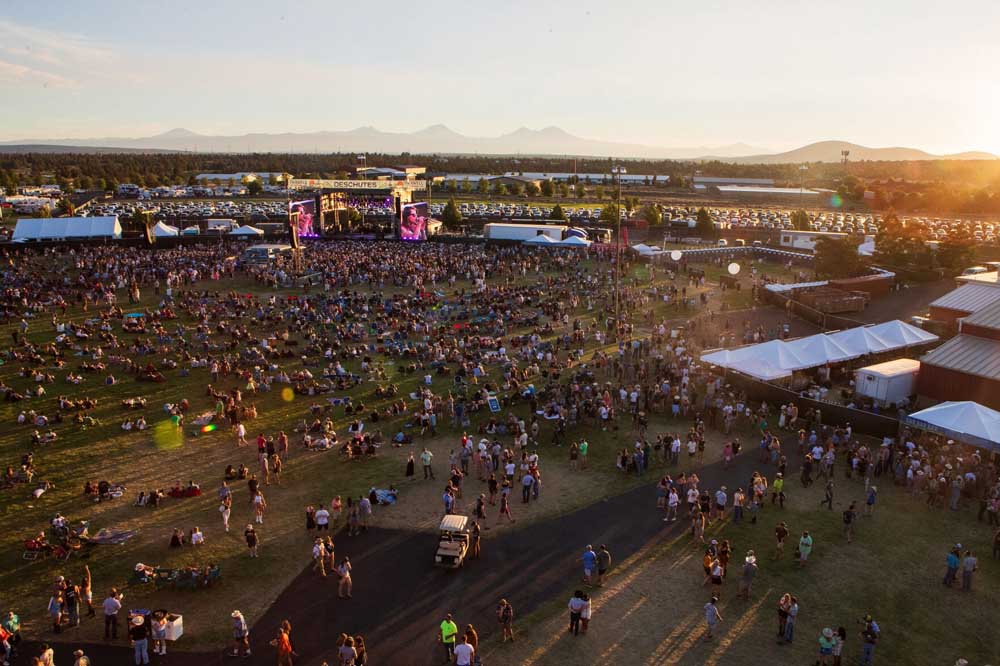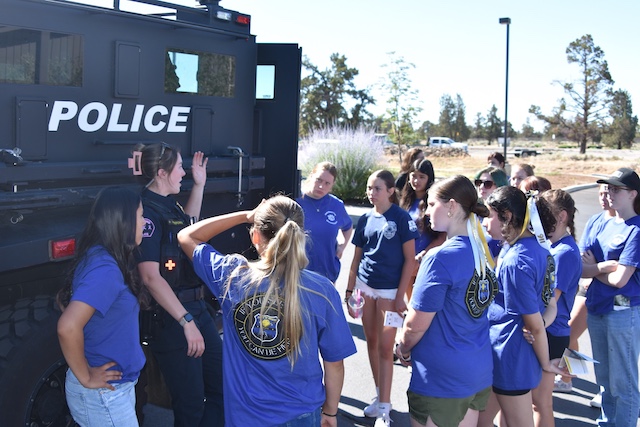Pinched by prices: Redmond neighbors caught in beef squeeze
Published 5:00 am Wednesday, February 9, 2022

- Redmond Smokehouse has served area ranchers for over 80 years.
Redmond was once full of cows from the backyard milker to herds on small ranches. Urbanization has turned Redmond farmland into homes and businesses but you only have to drive to the north city limits to find cattle of all breeds and sizes. From NW Canal to Terrebonne there are hundreds of head of cattle. Drive another five miles north to Crooked River and more than a thousand cows are grazing. And that’s just what you can see from US 97.
Trending
Cattle ranching and Redmond are joined at the hip to this day.
From ag equipment suppliers to beef processors, more than a dozen businesses employing several hundred persons cater to central Oregon farmers and ranchers. That is in danger of changing.
Squeeze is on
Cattle ranchers particularly are being squeezed by rising costs, lower market prices and the multi-year drought. Mark Huttinga has been farming and ranching since he was a kid. For the last 26 years he has worked a small corner of a 456-acre hay farm north of Redmond raising Dexter cattle and eight children. He’s throwing in his hat and moving to Montana. In the process he is selling off his herd.
He’s not alone. He knows of 20 other ranchers calling it quits, primarily not being able to get enough water.
That has been true for a while.
Now, though, he and others like him are contending with rising costs for just about everything while getting lower and lower prices for his cattle at market.
At the same time, beef prices in the grocery store are up for 10 straight months, now about 9% higher than a year ago. Projections are for another 2% to 3% increase for the remainder of the year.
Cinder Butte Meat Co. on NW Oneil Way in Redmond has never been busier, store personnel tell The Spokesman. They have both a kill truck (mobile butcher) that will come to the ranch to harvest as well as receiving cows at their plant. Ranchers like Huttinga have survived selling their beef to local stores, restaurants and consumers. Taking their cattle to auction is a money loser.
A year ago a 900-pound steer brought $1.45 a pound at auction and today it’s around $1.28, all the while costing families more for burgers and steaks. Not much has changed. In 2011 it was $1.49.
Locally grown preference
It’s a similar picture for Redmond Smokehouse on SE Railroad who are enjoying strong sales. Once prices in the big box store hit a certain point, shoppers either reduce their purchases or buy lower quality cuts. Or they say to themselves: “If I’m going to pay more, I’m buying fresh and local.”
Folks like knowing that the meat on their plate came from just up the road, that it was raised on high quality Oregon grass or hay. What they don’t know is the depth of the water problem on beef.
Much has been written about storage water being diverted for the Oregon spotted frog. Hay farmers are feeling the pressure from the eight-year plan to restore the frog, an endangered species. The recovery effort is only in its second year and is on top of a three-year running drought (some would say longer). Less water. Less hay. Pay more for hay, a lot more, at the same time you get less for a cow, and one can see why ranchers are selling off or culling their herds. Or selling the ranch, lock, stock and kaboodle.
Striking a water balance
What’s the answer apart from a lot more snow and rain? JoHanna Symons, co-founder with her husband, Jeremy, of The Symons Beef Company in Madras believes the answer is more balance brought on by more education. She’s passionate and articulate when making her case: “We can collectively preserve water for our ecosystems, endangered species and farmland.”
“By collaborating together, we can find a balance between continuing to grow and produce food, and responsibly preserving water and land, without threatening wildlife habitat, recreation or agriculture,” Symons said.
She believes that Washington state, also facing the spotted frog issue, has done a better job than Oregon in balancing the needs of farmers and ranchers with the goals of environmental activists.
Symons holds out hope that the recent undertakings of the Biden administration to lessen the stranglehold she believes the “big four” meat packers have on the U.S. will produce results on the sell side. Cargill, JBS, National Beef Packing and Tyson Foods are estimated to control as much as 80% of packaged meat market.
Part of that thinking would dramatically increase the number of meat packing operators like Cinder Butte and Redmond Smokehouse who are limited by size to a small number of animals per week. The goal is to get consumers closer to the source of their food both for food security and better nutrition.
She is realistic that ideas as those don’t materialize quickly. Just like droughts rarely disappear in one season.
Compact cattle option
Huttinga’s Dexters are an Irish breed averaging around 700 pounds as compared to the much larger black and red angus weighing in at 1,100 to 1,300 pounds. The smaller breed can do well on a just a few acres and at harvest time they don’t require a full-size freezer.
“You will see more smaller lots, some closer to town, with a cow or two or three,” Huttinga predicted.
Like the Symons he sees a growing movement in Redmond and environs for healthier, more sustainable food to table living.








